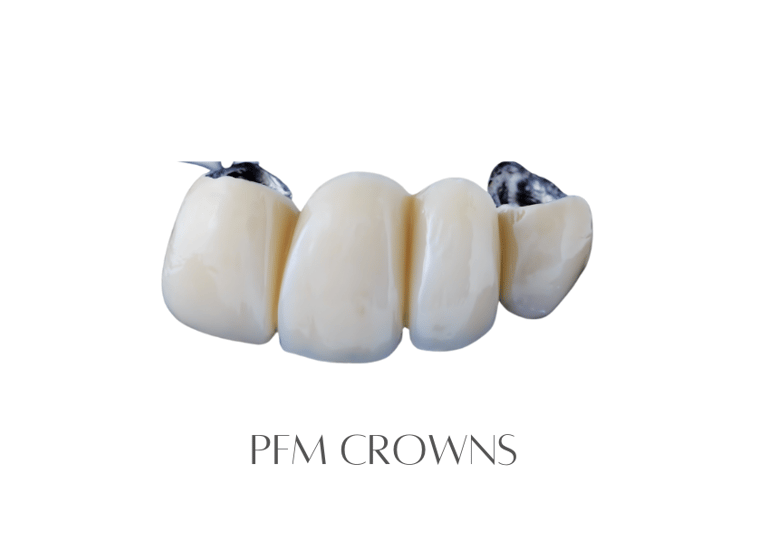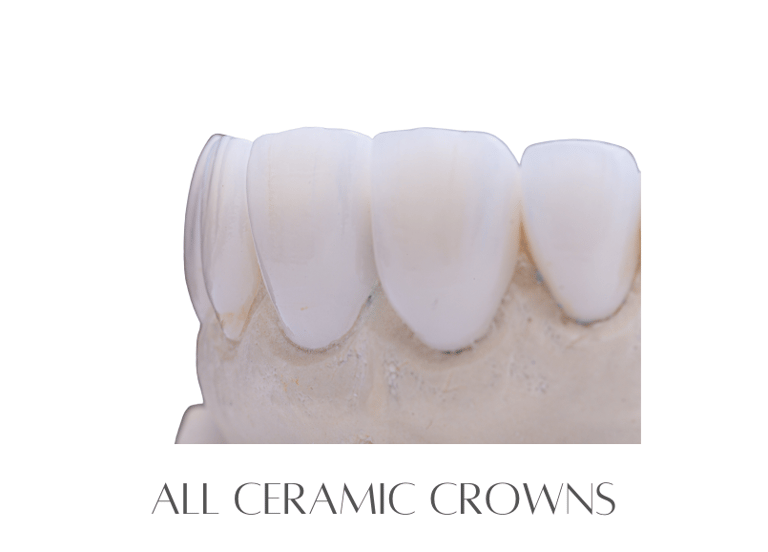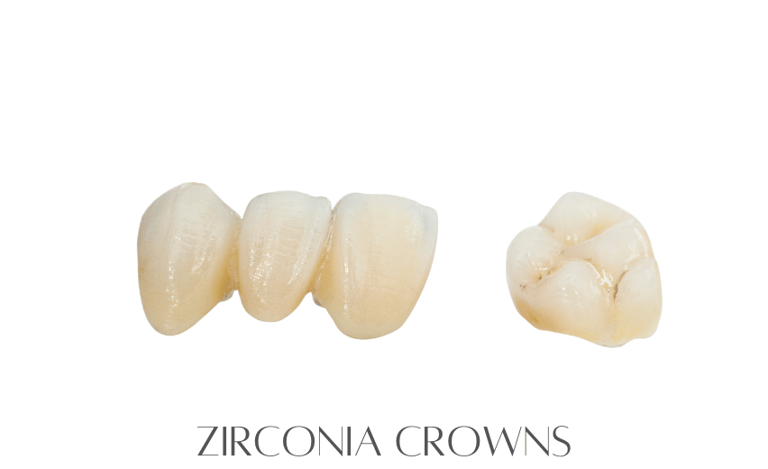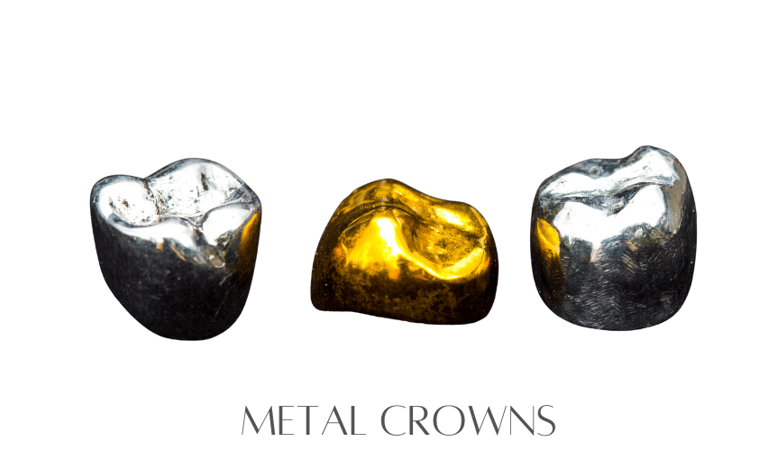Dental Crowns After Root Canal Treatment In Your Dental Clinic In Urapakkam
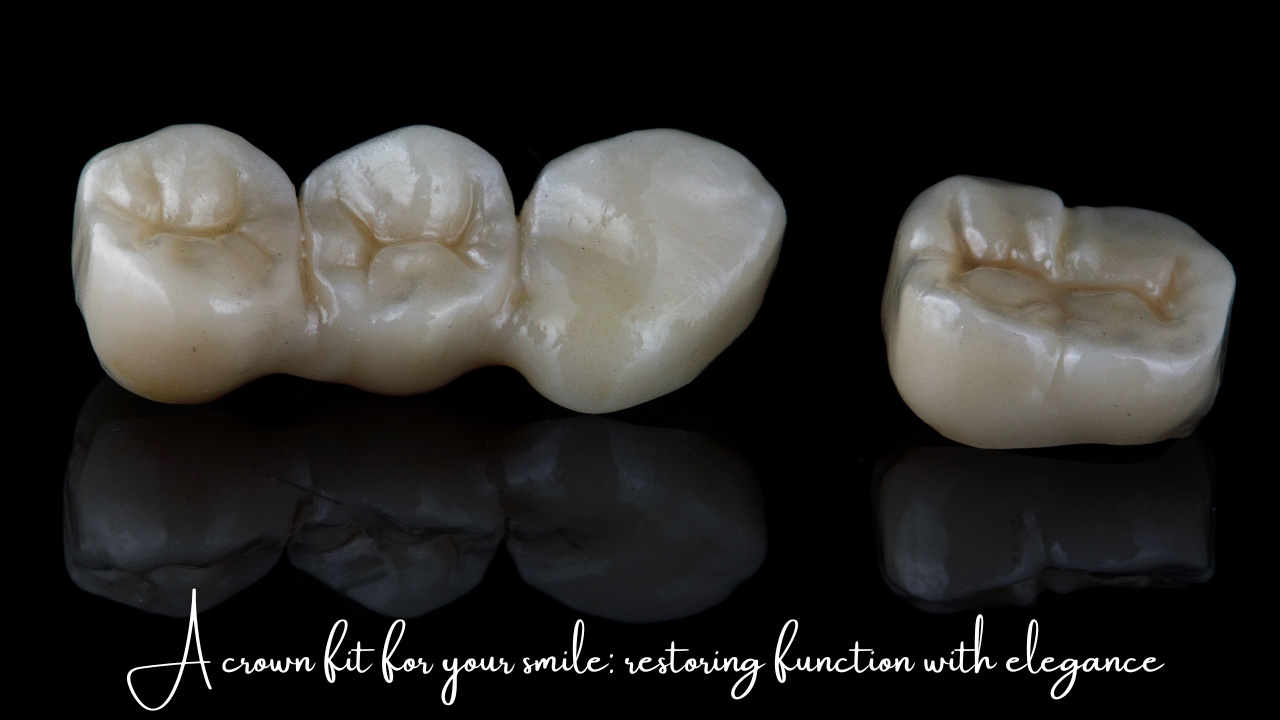

If you’ve recently had a root canal—or your dentist has recommended one—you may be wondering why it’s often followed by a crown. Is it really necessary?
At Aura Dentistry, we understand that patients want clear, research-backed information before committing to dental treatment. Here’s why a crown is typically the best next step after root canal therapy—and which crown types may be right for you.
What Does a Root Canal Treatment Do?
A root canal treatment removes infected or inflamed tissue from inside your tooth. After the canals are cleaned and sealed, the tooth is saved from extraction. But the procedure can leave the tooth weakened and more susceptible to fracture, especially your back teeth.
Why Is a Crown Often Needed After a Root Canal?
1. Weakened Tooth Structure
Root canal-treated teeth lose internal support and are more prone to cracking under pressure.
2. Improved Longevity
Teeth with crowns after a root canal have significantly higher survival rates. One study found:
With a crown: 85–95% survival at 10 years
Without a crown: ~50–60%
3. Better Protection Against Reinfection
Crowns provide a strong external seal that helps prevent bacteria from entering the tooth again.
Types of Dental Crowns: Which One Is Right for You?
Choosing the right crown depends on location, function, appearance, and cost. Here's a breakdown:
1. Porcelain-Fused-to-Metal (PFM) Crowns
A PFM crown, also called a porcelain fused to metal crown, has a strong metal base inside for strength, and a tooth-colored porcelain layer outside to make it look natural. This way, the crown is both durable and blends in with your other teeth. Sometimes, after many years, a thin dark line may appear near the gums, but the crown will still remain strong and functional.
Indications:
Suitable for both front and back teeth
Good for patients who want strength + decent aesthetics
Advantages:
Strong due to metal core
Aesthetic outer porcelain layer
Disadvantages:
May show a dark line near the gum over time
Porcelain may chip
Not as natural-looking as all-ceramic crowns
2. All-Ceramic or All-Porcelain Crowns
An all-ceramic crown is a dental cap made entirely from tooth-colored ceramic material without any metal inside. Because of this, it gives the most natural look and closely matches the shade and shine of real teeth. These crowns are a great choice for front teeth where appearance matters most. They are safe for people with metal allergies and blend beautifully with the smile, while still being strong enough for normal chewing.
Indications:
Ideal for front teeth where aesthetics are key
Suitable for patients with metal allergies
Advantages:
Highly aesthetic and natural-looking
No metal, so no gumline discoloration
Disadvantages:
Less durable for back teeth under heavy bite force
May fracture more easily than metal-based crowns
3. Zirconia Crowns
Zirconia crowns are made from a very strong ceramic material called zirconia. It combines both strength and a natural tooth-like appearance, making it suitable for both front and back teeth. These crowns are highly durable, resist chipping, and still look very natural. They are also gentle on the gums and safe for people with metal allergies, making them a popular choice for long-lasting and aesthetic tooth restoration.
Indications:
Best for molars or high bite pressure areas
Ideal for patients needing durability and improved aesthetics
Advantages:
Extremely strong and long-lasting
Can be made to look natural
Biocompatible (metal-free)
Disadvantages:
Less translucent than porcelain—may look less natural on front teeth
Harder material may wear down opposing teeth slightly
4. Metal Crowns
A metal crown is a dental cap made entirely of metal, usually gold or other strong alloys. It is extremely durable, resistant to wear, and can last many years without breaking or chipping. Although it doesn’t look like a natural tooth because of its metallic color, it is an excellent option for back teeth where strength is more important than appearance. Metal crowns are also gentle on the opposing teeth and require less trimming of the natural tooth compared to other crowns.
Indications:
Ideal for molars (not visible when smiling)
Best for patients seeking durability
Advantages:
Very strong and long-lasting
Less tooth structure needs to be removed
Gentle on opposing teeth
Disadvantages:
Poor aesthetics – noticeable color
Not commonly chosen due to appearance
Which Crown Should You Choose?
Your dentist will recommend the best option based on:
Tooth location (front vs back)
How much of the tooth is left
Your bite and grinding habits
Budget and aesthetic preferences
We’ll walk you through the pros and cons, and show real-life examples to help you make an informed decision.
Have Questions About Crowns?
Placing a crown after a root canal isn’t just an extra step—it’s a long-term investment in your oral health. With the right crown, your tooth can function and look great for decades.
